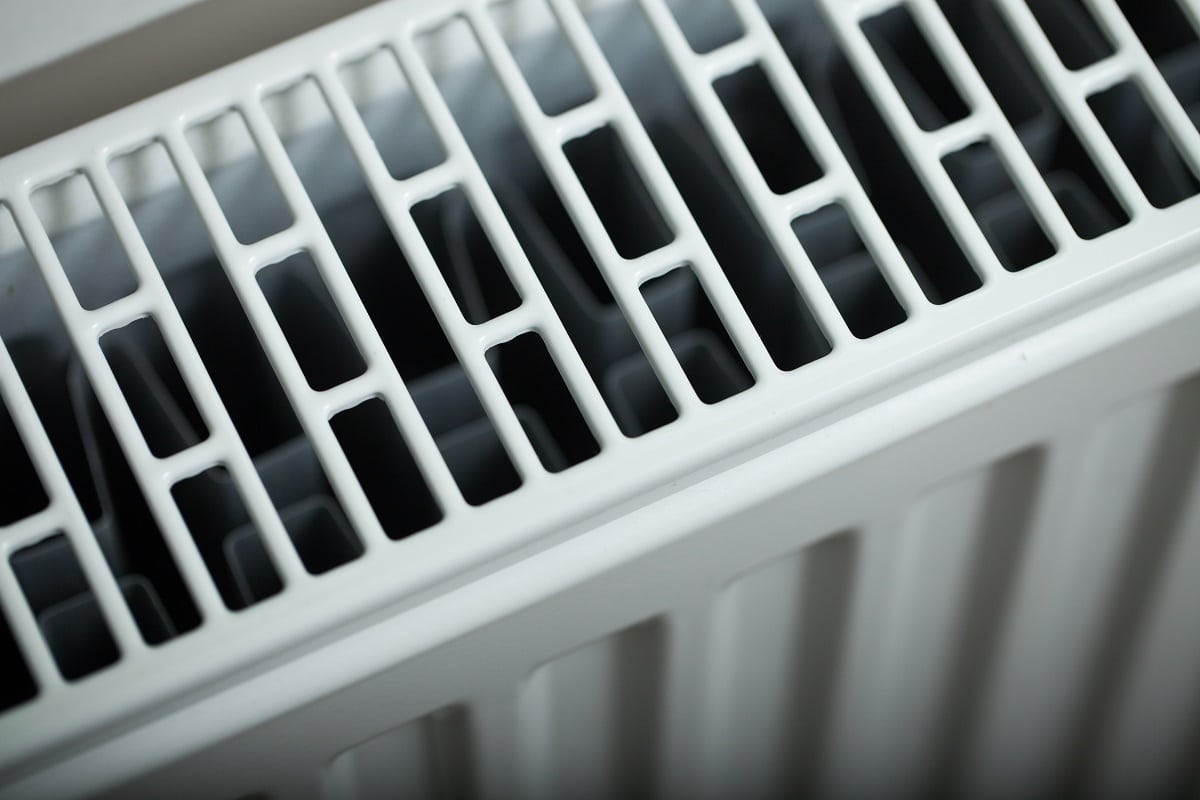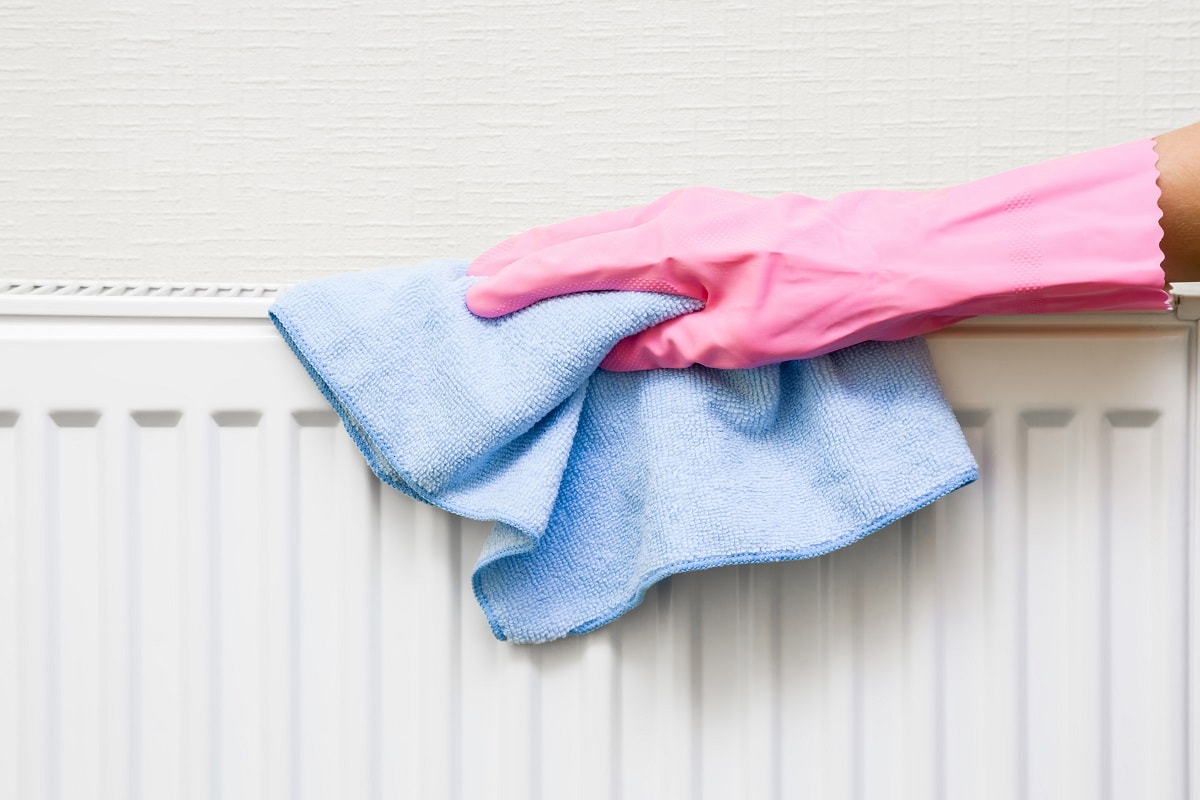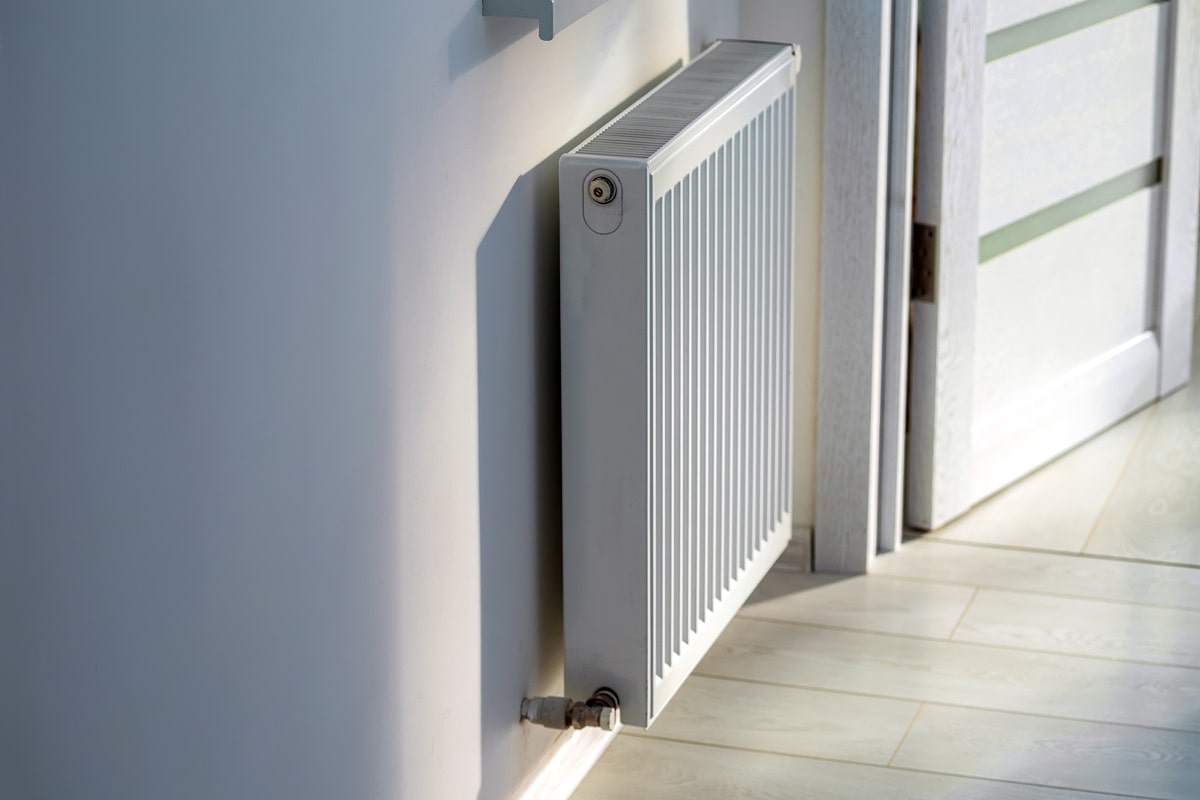Homeowners prefer baseboard heaters because they are easy to install and fit into most living spaces. But like other home heating systems, you'll come across a problem or two once in a while. You might quickly notice when it stops working in one room, but how should you fix it? We've looked up these concerns and gathered the solutions in this post.
There are a few reasons your baseboard heater stops working in one room. These could come from power, vents, or even your thermostat. When this happens, the first step you should take is to identify the problem, then solve it from there. If your baseboard heater is not necessarily broken, consider bleeding your unit to help it run more efficiently.
Looking out for the signs of a broken baseboard heater saves you the trouble of dealing with more damage. Keep reading as we cover the common reasons for baseboard heater failure with their solutions and other troubleshooting methods.

Can My Baseboard Heater Stop Working In One Room?
Yes, your baseboard heater can stop working in only one room. These are likely due to external factors, such as other devices or components of the heater.

Although you can troubleshoot some of these problems on your own, other cases may require you to get the help of an HVAC professional.
Sometimes, your baseboard heater requires bleeding to eliminate excess air within the system. The air causes blockage in the heater, making it run less efficiently.
Read more about when to bleed a baseboard heater in this post: When To Bleed Baseboard Heaters?
How To Bleed A Baseboard Heater

Most baseboard heaters come with a valve for releasing any built-up air in the heating system. However, there are still models that may not have it.
Here is how to bleed a baseboard heater with and without a bleeder valve.
With Bleeder Valves
When using a bleeder valve, you must prepare a radiator key, a flat-head screwdriver, a bowl, and a dry cloth. Follow the steps below:
- Identify which unit is not warming up properly.
- Turn off the heating system, then let the radiators cool.
- You'll find a small valve on the unit that fits a flat-head screwdriver or radiator key. Start with the radiator farthest from the boiler.
- Place your bowl under the valve.
- Use your key or screwdriver to open the valve carefully. Only open it enough for small amounts of water to pass through. Use the cloth to hold onto the pipes and valves if they're still warm.
- Remember that excess air is causing the blockage, so it should bleed out too.
- Turn the valve clockwise when the air stops coming out.
- Repeat these steps for each heater. Do this for the valve closest to the boiler last.
- Test the boiler when you finish checking if the heater functions properly.
Click here to get the multi-functional household utility key set for radiators on Amazon.
Without Bleeder Valves
The process requires more care if your heating system doesn't have a bleeder valve. Here is what to do:
- Locate the drain valve. Put a hose on it.
- Open the drain and let the water run.
- Keep the water running through the whole system to find excess air.
- Note that it will take time. You should let it run until it flushes the air out.
Hiring a professional to bleed the heating system is best if your unit has no visible valve. You can also consider replacing the heater instead.
Common Reasons For Baseboard Heater Failure With Solutions
If bleeding your baseboard heater fails to improve its performance, the failure could be due to existing damage. The following are some common issues with baseboard heaters and how to deal with them.
Tripped Circuit Breaker
Your baseboard heater could stop working in one room when your circuit breaker trips or short circuits. These usually occur because of compromised wiring insulation, damage to connected devices, natural wear, or lack of maintenance.
It's better to let professionals handle wiring and electric issues if you have no background. In case you decide to evaluate it yourself, here's what you can do:
- Turn off the baseboard heater and switch off the electricity in the circuit breaker.
- Examine the wiring and electrical components. Check the path to the thermostat, circuit breaker, and other connections.
- Look for anything disrupting connection, such as burnt or crushed wiring.
- Replace the fuse if it has blown.
- Turn the circuit breaker back on and check if it trips again.
- If it keeps tripping, have an HVAC expert diagnose your system.
Read this post to know where to find the fuse: Where Is The Fuse In An Electric Baseboard Heater?
Built-up Dirt And Debris

Baseboard heaters rely on the air circulating within the system to warm your home. And so, if the unit is unclean or clogged, it could lead to limited airflow.
You can fix this by thoroughly cleaning your baseboard heater. Follow these steps to learn how to do it:
- Turn off the power to your baseboard heater and circuit breaker. Let it cool before starting.
- Remove the faceplate from the baseboard heater.
- Use a vacuum to remove any dust and debris in the heater. Be careful not to bend the metal fins.
- Wipe off any remaining dirt with a clean, damp cloth.
- Seal the gaps around the pipes using heat-resistant spray foam insulation or a high-heat silicone sealant for smaller openings. You can also seal cracks around the molding using aluminum foil tape.
- Clean the faceplate by wiping off dirt before placing it back on.
Check out the big gaps white insulation foam sealant on Amazon.
Blocked Vents
Dirt, furniture, and other items could block your vents and limit airflow. Move any items that could be blocking your baseboard heater's vents to allow room for air to circulate.
If you cannot move them away, you might need to move the vents or heater placement instead.
Faulty Thermostat
Unlike other heating and cooling systems, baseboard heaters use line-voltage thermostats or selected smart models. If faulty, it could turn off your baseboard heater even when the room isn't warm enough.
Here are the steps to deal with a faulty thermostat:
- Check if your thermostat has power.
- See if it is set to the correct temperature.
- Toggle between the modes and test if the room gets warm at the highest temperature. Keep in mind baseboard heaters have a safety limit feature, so you won't be able to set it too high.
- Install a low-voltage thermostat away from the baseboard heater.
- Clean off blockage in the thermostat, if any.
If it still doesn't work, replace your thermostat or have it repaired by a professional.
Read this post to know if your baseboard heater should have a thermostat: Does A Baseboard Heater Need A Thermostat?
Get this premium baseboard line volt thermostat on Amazon.
How To Troubleshoot A Broken Baseboard Heater

Keeping your eye out for the signs of a broken baseboard heater will prevent further unfixable damage to the heating system. You can follow these steps to identify if there's a problem with your heater:
- Turn off the thermostat control on your heater, open the main panel and see if there's a tripped breaker. Reset the breaker and see if it trips again. If it does, it means your circuit has a problem instead of your heater.
- Turn the thermostat back on and check if the breaker stays on. If it trips, there might be an issue with your thermostat wiring or the connection between the thermostat and the heater.
- If your breaker trips when the heater turns on a minute or so after turning on the thermostat, there's a problem with your baseboard heater.
- Use a multimeter, if you own one, to check the thermostat for shorts. You can do this by turning off the circuit breaker, then unmounting the thermostat. Disconnect all the thermostat wirings from the control and touch one lead to each wire while holding the other to the ground wire.
- Repeat the process with every terminal. An "o" reading means the wire or terminal needs repairing.
If the breaker nor thermostat tripped, your heater needs servicing, cleaning, or fuse replacement.
Get the digital multimeter with dc ac voltmeter and ohm volt amp tester on Amazon.
Baseboard Heater Repair Cost
You can expect to pay between $65 to $750 to repair a baseboard heater.
Replacing a blown a fuse and faulty heating element usually costs the cheapest fix. Other jobs like thermostat repair and shorted switches cost more since it requires more equipment, expertise, and days to complete.
If you're dealing with blocked vents or dirt buildup, you can solve the issue even without the help of an HVAC expert.
The Verdict
Problems with baseboard heaters could occur due to surrounding factors, including power, connections, vents, and more. These could cause your heater to stop working in only one room. If your baseboard heater and its connected components have no damage, you can bleed your heater to remove excess air trapped in the system.




